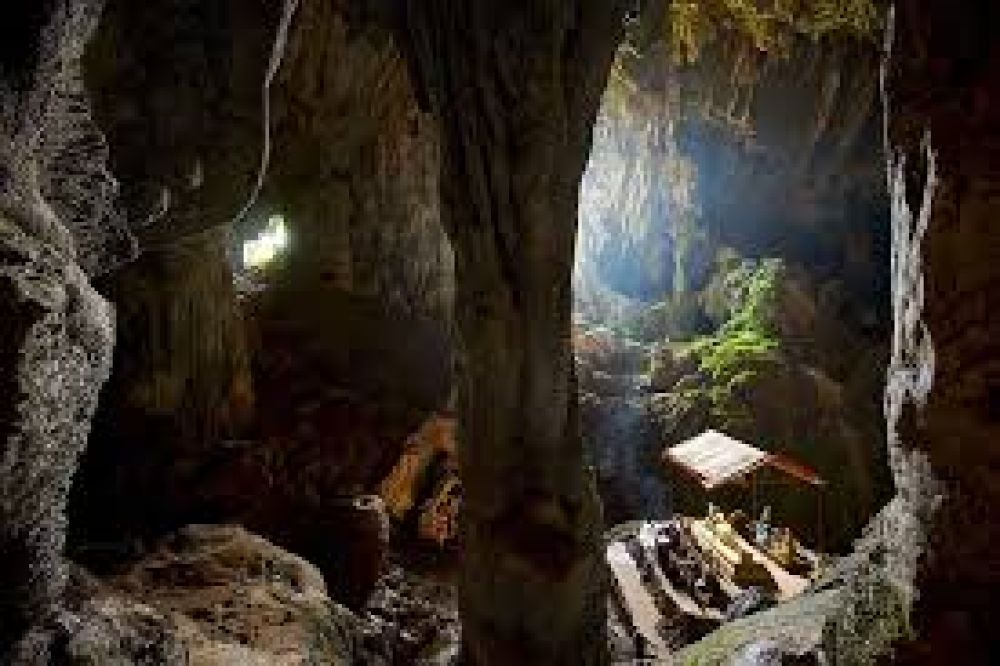

The small town of Vang Vieng, located in the Vientiane Province of Laos, is famously known for its breathtaking karst hill landscape, serene river views, and numerous caves. Among these natural attractions, Tham Phu Kham Cave has created its mark as a prized destination for tourists seeking both adventure and spirituality.
Tham Phu Kham, also known as the Blue Lagoon, has a history deeply intertwined with the local culture and traditions. The cave has long been a place of reverence for the local community due to the presence of a bronze Buddha statue, which sits gracefully inside the cave, making it a sacred site for Buddhist pilgrims.
The history of tourism in Tham Phu Kham Cave and Vang Vieng goes back several decades when backpackers traveling through Southeast Asia started discovering its rustic charm and unique landscapes. However, it wasn't until the late 1990s and early 2000s that Vang Vieng began to attract a wider range of travel enthusiasts, largely due to improved infrastructure and word-of-mouth recommendations.
The subsequent boom in tourism in the early 21st century transformed Vang Vieng from a quiet village into a bustling hub for adventure tourism. The introduction of activities like tubing, kayaking, and hot air ballooning attracted scores of thrill-seekers and nature lovers. Tham Phu Kham Cave became a highlight for many visitors, drawn by the allure of its natural blue lagoon and the extensive network of chambers inside the cave. Despite some negative impacts associated with rapid tourism growth, efforts have been made to develop sustainable tourism practices in the region.
In the current tourism climate, eco-tourism and cultural experiences are at the forefront of Vang Vieng's offerings. Visitors to Tham Phu Kham Cave and the surrounding area are now more interested in activities that promote environmental responsibility and cultural sensitivity. There has been an increase in guided tours that educate tourists on the local ecology and community-led initiatives aimed at protecting the cave and its surroundings.
Moreover, the pandemic-induced shift towards wellness and nature-based tourism has seen a rise in demand for outdoor activities that allow for social distancing, with Tham Phu Kham providing ample opportunities for hiking, climbing, and swimming in a relatively secluded environment.
Digital nomadism has also contributed to the latest tourism trends, with Vang Vieng, including Tham Phu Kham Cave, becoming a popular destination for remote workers who seek stunning natural backdrops and laid-back lifestyles.
The future of tourism in Tham Phu Kham Cave appears to be gearing towards sustainability and responsible travel. Efforts to manage tourist numbers, protect the natural habitat, and support the local economy are key to ensuring that Tham Phu Kham remains a vibrant and sought-after destination for years to come.
As tourism in Vang Vieng and Tham Phu Kham Cave continues to evolve, the essence of the experience remains rooted in the awe-inspiring natural beauty and deep cultural significance that first made the region an off-the-beaten-path gem in Laos.